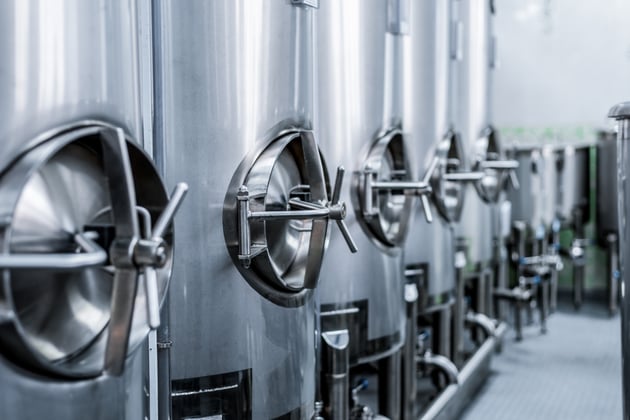Unlocking Energy Savings in Nickel Production with No-Code AI

Electrolysis is one of the most power-hungry stages in nickel production, accounting for nearly half a terawatt-hour of electricity usage annually for some plants. That’s a massive energy footprint—but one that also offers significant savings potential.
In a recent project, Intelecy worked with a leading nickel producer to explore how small process changes could lead to major energy reductions. Using real-time data and the Intelecy no-code industrial AI solution, the team identified a strong and consistent link between electrolyte bath temperature and energy consumption. The conclusion? Increasing the bath temperature by just 2°C—from 58°C to 60°C—could save around 3,600 MWh per year, translating to approximately $800,000 in annual electricity costs. Importantly, this improvement doesn’t require any capital investment and stays within HSEQ guidelines.
The Challenge
Nickel electrolysis is influenced by several tightly interlinked process variables: bath temperature, pH, current density, and nickel ion concentration. However, most operations don’t have a dynamic, real-time understanding of how these factors interact. That lack of visibility leads to suboptimal performance, higher energy bills, and sometimes even quality or safety trade-offs.
An AI-Supported Breakthrough
Using Intelecy’s advanced analytics solution Data Explorer , plant engineers were able to:
- Filter out noise from process signals (like voltage and power)
- Correlate temperature with specific energy use
- Create new KPIs, such as energy consumed per kilogram of nickel deposited
This analysis didn’t just validate what theory suggested—it grounded it in live production data.

Why Bath Temperature Matters
Electrolyte temperature impacts how easily ions move through the solution. Warmer baths mean lower resistance and better conductivity, which means less voltage is required to keep the current flowing. In simpler terms: hotter baths use less power.
In practice, increasing the temperature:
- Reduces resistance
- Enhances nickel ion mobility
- Minimizes side reactions like hydrogen gas formation
- Improves overall efficiency
The sweet spot for bath temperature is 60°C and slightly above—high enough to unlock efficiency, but still within safety boundaries.
Key Observations
- Voltage Drops with Higher Temperatures: Analysis showed that voltage requirements decreased as the electrolyte temperature rose. That’s because warmer solutions conduct electricity more efficiently—reducing the strain on the system.
- Time Matters: Over longer production runs, the distance between electrodes shortens due to nickel buildup. This also lowers resistance and further reduces voltage needs.
- Other Variables Play a Role: Even at similar temperatures, the voltage can fluctuate due to factors like electrolyte concentration, electrode surface changes, or minor process control variations.
- Power Use Shrinks with Heat: Power consumption per cell dropped notably as temperatures hit 60°C and above. Data suggests a 0.6% drop in energy use for every 1°C temperature increase.
- Efficiency Gains per Kilogram: By plotting energy use per kilogram of nickel deposited, teams saw a measurable improvement. As bath temperature increased, power needed per kg dropped noticeably—especially in the 60–62°C range.
What’s Next?
- Immediate: Increase bath temperature from 58°C to 60°C, while following all safety procedures
- Mid-term: Continue optimizing pH and nickel ion concentrations for even better results
- Long-term: Extend this method to other metal refining processes like cobalt or lithium
Final Takeaway
Energy savings don’t always require big investments. With the right tools and process data, engineers can make informed adjustments that pay off year after year. This case proves that even legacy processes like nickel electrolysis can benefit from modern, accessible AI—without overhauling infrastructure or introducing risk.
For a deeper walkthrough of the full case study, visit Rèmi Goget’s blog post here: Enhancing Profitability in Nickel Electrolysis Through AI-Driven Insights.




